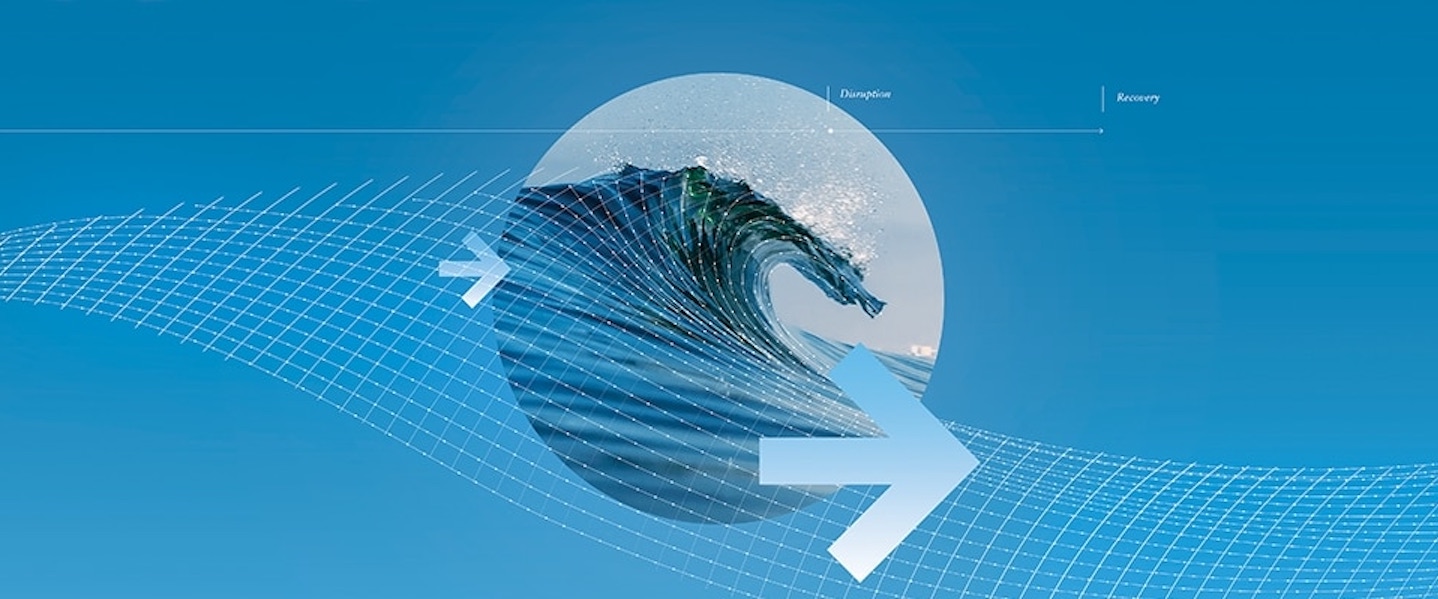We have a new essay published in Deloitte Insights, How industries evolve: Interactions, not institutions, drive disruptive change,1Evans-Greenwood, Peter, and Damien Crough. “How Industries Evolve: Interactions, Not Institutions, Drive Disruptive Change.” Deloitte Insights, August 4, 2022. https://www2.deloitte.com/us/en/insights/topics/strategy/disruptive-construction-technology-examples.html. a collaboration with Damien Crough from prefabAUS. This essay builds on the observation in The real landscape of technology-enabled opportunity2Evans-Greenwood, Peter. “The Real Landscape of Technology-Enabled Opportunity.” Deloitte Insights, February 28, 2022. https://www2.deloitte.com/us/en/insights/topics/innovation/technology-opportunity-landscape.html. that disruption is typically the result of the accumulation of many minor innovations, rather than being driven by some significant disruptive innovation, by showing how industries evolve when the verbs change (how organisations in the industry interact) rather than the nouns (disruption of the organisations themselves).
It’s assume that industries only evolve when they are ‘disrupted’ by some innovative new company harnessing a new technology that established firms find it difficult, if not impossible, of adopt. There’s are range of examples cited to support this, such as Kodak (invented digital photography but was disrupted by it) through Blockbuster (overcome by Netflix and streaming) or the pervasive claim that blockchain / crypto / DeFi will disrupt the incumbent banks. This is not the case though. Firms typically find it easy to adopt new technology, given suitable cost benefit. Blockbuster, for example, had developed both DVD-by-mail and streaming offerings before the firm collapsed. Nor has crypto made a dent on the established finance industry.
When we look at the major disruptions in history—such as the development of the telegraph networks or the global multi-modal container network—we find that firms are disrupted when institutional roles, how firms relate to each other, change. In Blockbuster’s case, the problem was an operating model based on franchised stores, relationships that were not needed for streaming, and which the firm was unable to unpick them in time.
The construction industry is a great example of this dynamic in action. For quite a while thought leaders have been claiming that some technology—3D printing, bricking robots, and so on—will disrupt construction. This is not the case. Construction firms early absorb technology once cost-benefit stacks up, integrating them into the construction process that has been with us from before the pyramids. What is disrupting the construction industry though, is the shift to a digital-first construction process that is forcing firms across the entire construction value chain—from resource extraction and processing through manufacturing, construction, building management and deconstruction, disassembly and reuse—to renegotiate their relationship with the industry.
As we point out in the essay:
A confluence of technologies and tools, including digital twins, building information management (BIM) systems, parametric modeling, and flexible manufacturing, is making possible new techniques that are invalidating long-held assumptions about how construction should be done. A digital twin of a to-be-constructed building, for instance, allows engineering knowledge to be baked into the twin from the start rather than after an architect has designed the building. Previously manual outputs, such as diagrams showing how cranes should lift large assemblies, can be generated directly from the twin. 3D digital models of the building can be readily produced, enabling workers to use VR throughout the construction process (such as trades mapping on-site workflows) instead of just in architectural visualization.
Roles, responsibility and expertise are being redistributed, driving changes in how firms work together. For example, the line between construction and manufacturing is blurring, forcing regulators to reconsider what, for example, qualifies as a building product—a tap, a sink, a bathroom pod, an apartment module?—to be certified versus a building whose construction is regulated? What construction regulations apply to a manufacturer that produces DfMA assemblies? Do these manufactured elements also need to be certified as building products? And what manufacturing regulations apply to a DfMA firm that brings the manufacturing capability in-house? And so on.
This distinction between changes in nouns and verbs—between disruption as the result on new organisations replacing the old (change in nouns), versus disruption as the consequence of the relationships evolving (change in verbs)—is important.
Reorganising industry in this way unlocks latent potential, enabling the industry as a whole to innovate (rather than just a few isolated firms). This is similar to how replacing steam with electric engines in factories provided a fuel saving, while realising that electricity enabled us to reorganise the factory floor and optimise for workflow provided a much greater benefit due to improvements in total productivity.3Shifting from steam (coal) to electricity could save a firm 20–60% on their power generation costs, direct savings , but these savings were dwarfed by those obtained from reorganizing production, indirect savings due to a 20–30% productivity improvement, while using the same floorspace, workers, machinery, and tooling. See: Devine, Warren D. “From Shafts to Wires: Historical Perspective on Electrification.” The Journal of Economic History43, no. 2 (June 1983): 347–72. https://doi.org/10.1017/S0022050700029673.
On the other hand, trying to predict disruption by searching for novel technologies will fail. Few, if any, industries have evolved this way (at least, we weren’t able to find any examples). Rushing to a new technology (such as putting construction on the blockchain) could also impede progress by reifying existing relationships, preventing them from evolving.
If we’re to make the most of new technology then we need to look past incorrect assumptions and see it for what it really is.
You can find the full essay, How industries evolve: Interactions, not institutions, drive disruptive change, at Deloitte Insights.
Endnotes
- 1Evans-Greenwood, Peter, and Damien Crough. “How Industries Evolve: Interactions, Not Institutions, Drive Disruptive Change.” Deloitte Insights, August 4, 2022. https://www2.deloitte.com/us/en/insights/topics/strategy/disruptive-construction-technology-examples.html.
- 2Evans-Greenwood, Peter. “The Real Landscape of Technology-Enabled Opportunity.” Deloitte Insights, February 28, 2022. https://www2.deloitte.com/us/en/insights/topics/innovation/technology-opportunity-landscape.html.
- 3Shifting from steam (coal) to electricity could save a firm 20–60% on their power generation costs, direct savings , but these savings were dwarfed by those obtained from reorganizing production, indirect savings due to a 20–30% productivity improvement, while using the same floorspace, workers, machinery, and tooling. See: Devine, Warren D. “From Shafts to Wires: Historical Perspective on Electrification.” The Journal of Economic History43, no. 2 (June 1983): 347–72. https://doi.org/10.1017/S0022050700029673.
